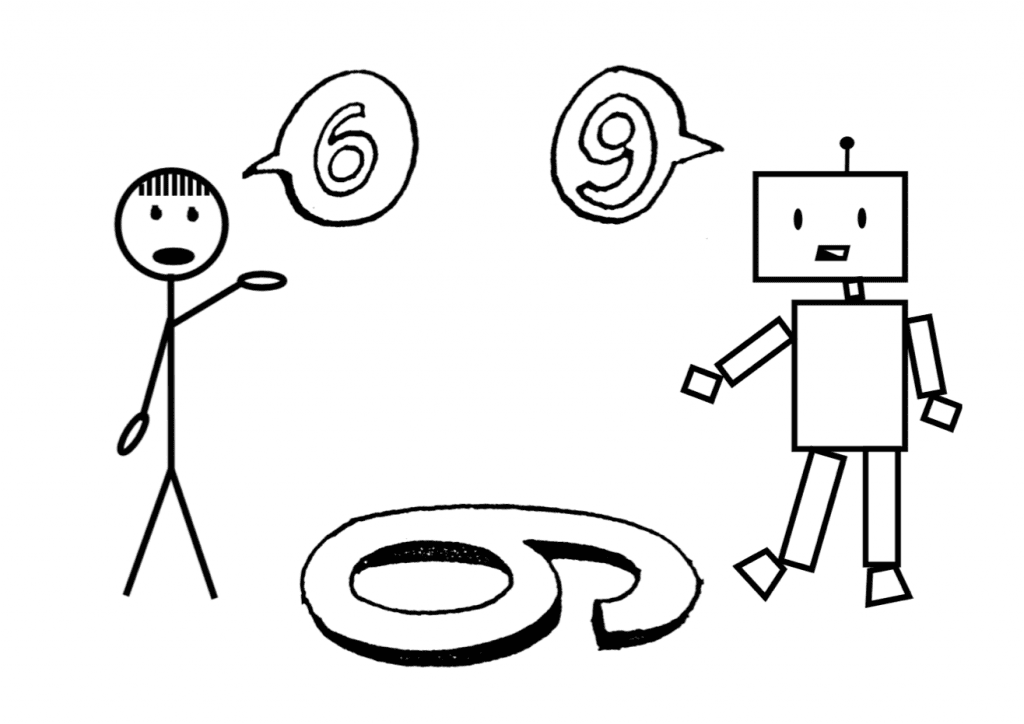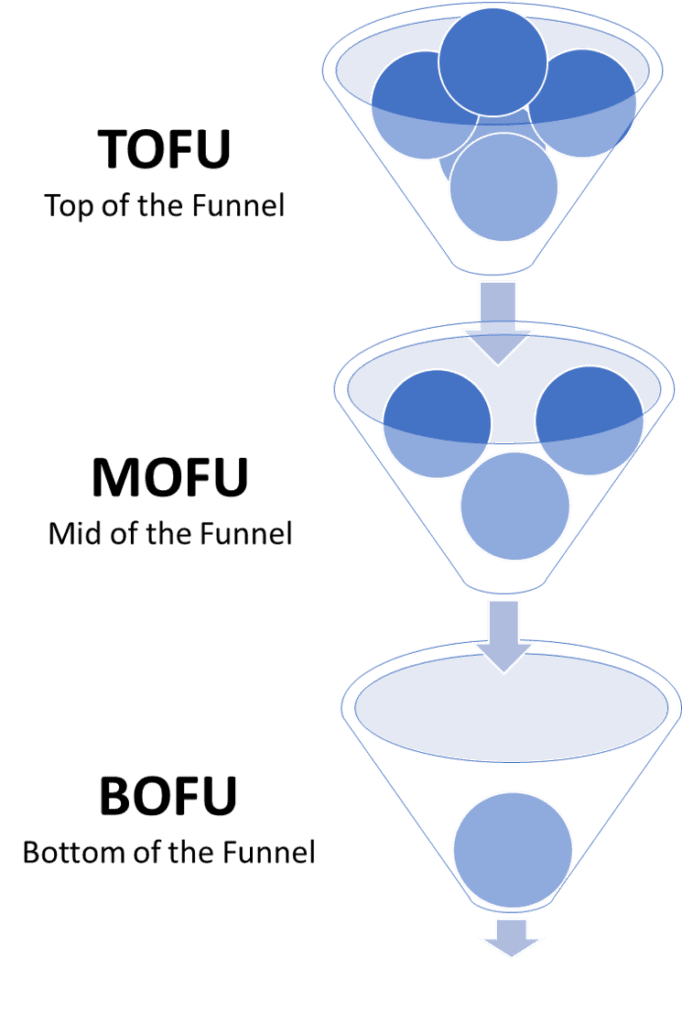Relationship Building with customers/ potential buyers is critical to any business. They say – lose a sale but do not lose a relationship.
Now everybody knows that but in India, not everybody follows them.
Don’t believe me? Visit any second and third-tier cities and towns and examine the business-customer relationship.
Visit Government banks and offices and examine the business-customer relationship.
You will understand there is a lot to be fixed there.
Relationship building is critical but unfortunately not taught as much as it should be.
It is the same in the Direct Selling industry as well. We are not taught as much about Relationships as we should be.
And the loss incurred as a result is unparalleled, compared to any industry. Let’s take an example.
The lifetime value of a customer is a critical parameter in business that calculates the worth of a customer and helps the company take corresponding economic decisions.
Fortunately, the Lifetime Value, in Direct Selling, is much higher for every customer. Unfortunately, it’s very hard to determine.
A user who is reluctant to start on a loyalty monthly journey might turn out to be a leader who gives a turnover of crores within a span of a few years.
We have examples across the industry where this has turned into reality multiple times.
Sad Part – We don’t have any tangible parameter to determine that. Sometimes whom you think will be a partner, might escape the business network within months; sometimes vice-versa.
The only power we have at our hands is relationship building.
Though it is NOT quantitative or measurable, it is the most powerful tool in business – especially Direct Selling.
There are several steps involved in building a powerful relationship.
Here we will talk about 3 of them. Note how each has different timelines.
- Perspective for Communication (first 10 minutes of the meeting)
- Communication for Connection (rest of the meeting)
- Connection for Engagement (1 month – 1 year, depending upon the prospect)
Perspective for Communication

Perspectives matter, but they are costly to attain. At most times, the cost is not monetary – it’s experience.
It takes a lifetime to attain a few perspectives, and sometimes even that is not enough.
This is because attaining perspective comes at the cost of experience.
If :
- You are selling a
productexperience - The prospect can be anyone from all walks of life
- You are more focused on creating a long-lasting relationship than closing a sale.
You need to start creating a wide perspective in order to be able to generate a conversation with practically anyone.

It’s easier said than done, but an open mind helps a lot. This is where training and meetings come in.
It’s practically impossible to stand out without the rich learnings given in the training by your leadership/company.
But above all, you need to understand that the opposite person will have a different perspective on things and life in general.
Getting a prospect to narrow down their attention span towards you within 10 minutes is not going to be easy.
We need to be ready to make him/her understand and appreciate our Point of View without hurting their ego.
And that is how we start the communication at top of the funnel. Remember the funnel? (Illustration given)
Now isn’t it clear if the initiation of communication is so potent and focuses on relationship building, we will have quality output by the time we reach the bottom of the funnel?
Perspective is what is going to give you that edge. You may be a privileged person, but you need to come down to the farms in order to do business with a farmer.
There might be a language barrier, understanding barrier, or experience barrier – the list is endless.
But a communication framed with a wide perspective in mind helps cut all those barriers, to get a piece of that mind.
Communication for Connection

Once we have started fruitful communication, we need to slowly start to connect.
Common pain points that agitate both of you, point of views more likely to be relatable, any preliminary research you had done on that person beforehand is going to be handy.
Points of connection are not that hard to develop – on the contrary, it’s something we have been doing our entire lives.
We are social animals, and developing social connections is something we pick up in life.
But the problem is we do not exercise it often, and people get a sense of it when we are trying to do it for business.
Herein raises the mistrust among the parties. We are not supposed to fall into that trap.
Our ways of connecting have to be organic, and there should be transparency in the business motive involved. Not something that you hide from your prospects. And for that, you need confidence in what you are selling.
It’s essential we start developing connections because this is the part until we were fully under control.
These 2 steps from Perspective to Communication and Communication to Connection are something we need to do within our first consultancy meet.
The last step of Engagement is a long process wherein our control is less and depends more on the prospect’s nature.
But if our first two steps are strong enough and we are able to leave a good impression on the prospect’s mind when we walk out, the third step becomes easier.
Connection for Engagement

Engagement is a longer affair. It is the middle of the funnel in the journey.
And this is where most people get lost.
In layman’s terms, this is the dating phase.
You get to know the other person, understand what exactly this person needs, and hence what kind of follow-up will be perfect for the person.
Let’s face it, we should not expect people to tell the truth over a one/two-hour meeting. Not even with their business needs.
The mindset takes a shape in this phase. So it is critical.
Here is what you need to be looking towards – crafting the perfect follow-up mechanism for this person.
In your pursuit of personalization, you need to look at
- Frequency of Follow-Up
- Want and Needs
- Their core personality and character traits (not to judge but for analysis)
Once we have a personalized follow-up mechanism, all we need is execution and positive energy while doing it.
This is where we leave it to lady luck. We did all that we could possibly have done.
We gave more than we took in the relationship.
And that is what matters in Direct Selling, and sales at large.



